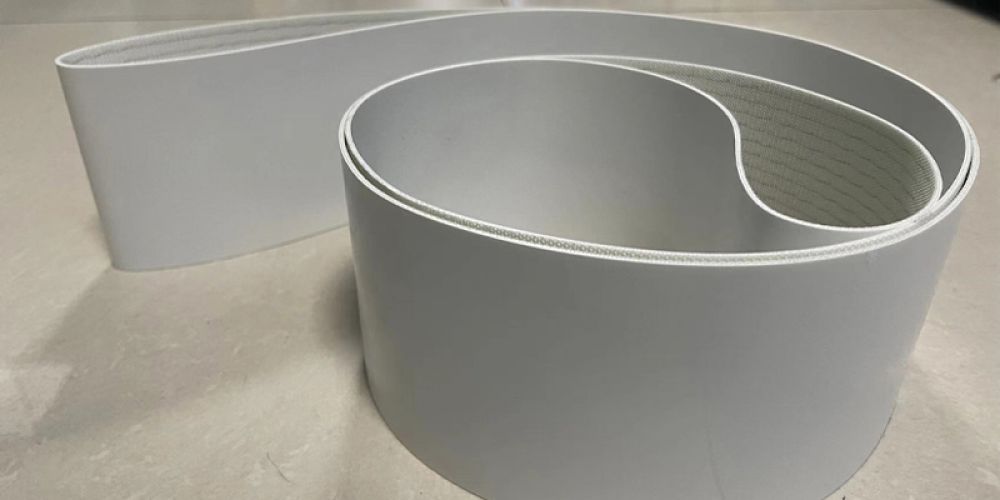
In a high temperature environment, in order to prevent the conveyor belt from overheating, the following measures can be taken:
• Select suitable materials: According to the temperature requirements of the specific working environment, select conveyor belt materials that can withstand high temperatures, such as polyurethane, silicone, Teflon (polytetrafluoroethylene), etc. These materials have excellent high temperature resistance and can maintain stable physical and chemical properties in high temperature environments.
• Pay attention to material limitations: Although high temperature resistant conveyor belts have high temperature resistance, they also have a certain temperature range of use. Exceeding this range may cause the conveyor belt material to soften, melt or even damage, so you should ensure that the selected material is suitable for a specific high temperature environment.
• Increase the heat dissipation area: By designing structures such as heat sinks and heat sinks, increase the heat dissipation area of the conveyor belt and improve the heat conduction efficiency.
• Use air cooling or water cooling: Use devices such as fans or water mist to force cool the conveyor belt to reduce its surface temperature. However, you need to pay attention to controlling the cooling intensity to avoid damage to the conveyor belt material.
• Improve ventilation conditions: In a high temperature environment, the working area should be well ventilated to avoid heat accumulation caused by poor air circulation. Ventilation conditions can be improved by adding ventilation equipment and optimizing workshop layout.
• Lowering ambient temperature: If conditions permit, the temperature of the working environment can be lowered by installing air conditioners and using sunshade facilities, thereby reducing the impact of heat on the conveyor belt.
• Control load and speed: In a high temperature environment, the load and speed of the conveyor belt should be reasonably adjusted to avoid overloading and overspeed that may cause overheating of the conveyor belt.
• Regular inspection and maintenance: Regularly inspect and maintain the conveyor belt, including checking the wear of the conveyor belt and cleaning impurities on the surface of the conveyor belt to ensure its normal operation and extend its service life.
• Use lubricants: In a high temperature environment, an appropriate amount of high-temperature lubricant can be applied to the surface of the conveyor belt to reduce friction and heat generation. However, it is necessary to pay attention to the selection of the appropriate type and amount of lubricant to avoid damage to the conveyor belt material.
• Strengthen safety management: Formulate and implement strict safety management systems and operating procedures to ensure that employees correctly operate and maintain conveyor belt equipment in a high temperature environment.
By selecting high temperature resistant materials, optimizing heat dissipation design, controlling the working environment, reasonably adjusting working parameters and taking other measures, the conveyor belt can be effectively prevented from overheating in a high temperature environment. The implementation of these measures should be comprehensively considered and adjusted according to the specific working environment and needs.